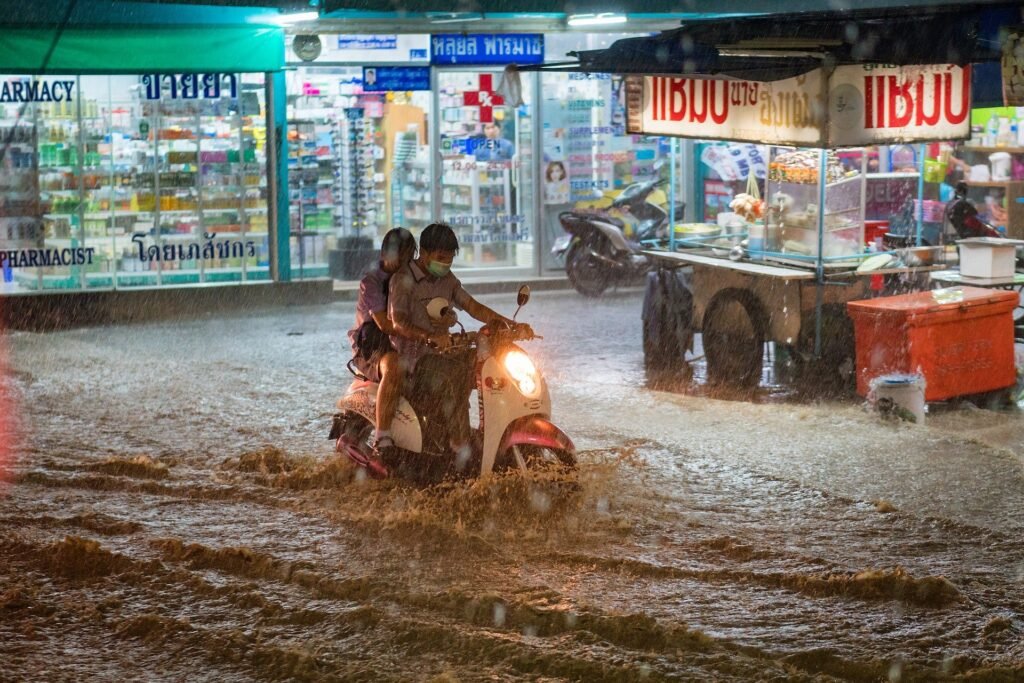Tropical cyclones, including storms below hurricane and typhoon strength, have been found to have a significant impact on infant mortality rates in low- and middle-income countries. A recent study published in Science Advances highlights the sharp rise in infant deaths associated with exposure to these storms during the first two decades of the 21st century. The findings underscore the urgent need for stronger disaster response and child health protections in vulnerable regions, particularly as climate change contributes to more frequent and severe storms.
Infants in regions affected by tropical cyclones before or during their first year of life were shown to have a significantly higher likelihood of mortality. On average, infant mortality rates increased by 11% above baseline levels, resulting in 4.4 additional deaths per 1,000 live births. The greatest risk was observed in the first year following a storm, with no persistent effects beyond two years post-disaster.
Interestingly, the study revealed that the increased mortality rates were not attributed to reduced access to prenatal care or worsening nutrition, common health risks following natural disasters. Lead author Zachary Wagner, an associate professor of economics at USC Dornsife College of Letters, Arts and Sciences, emphasized the need for further research to identify the underlying factors driving these mortality effects.
The research team analyzed data from seven economically disadvantaged countries, including Madagascar, India, Bangladesh, Cambodia, the Philippines, the Dominican Republic, and Haiti. While the overall increase in infant mortality was 11% across these nations, the impact of storms varied significantly. Countries like Bangladesh, Haiti, and the Dominican Republic experienced more than 10 additional deaths per 1,000 births following cyclones, while minimal to no increase in mortality was observed in India, the Philippines, Cambodia, and Madagascar.
The variations in storm effects among countries may stem from differences in disaster preparedness, geographic vulnerability, or underlying public health conditions. Factors such as evacuation efforts, housing infrastructure, and existing health conditions could influence the impact of storms on infant mortality rates.
Moving forward, understanding the reasons behind these disparities will be crucial for developing targeted interventions to protect children in at-risk regions. Wagner stressed the importance of not only identifying high-risk areas but also delving into the root causes of vulnerability to climate-related disasters.
The study, which involved researchers from multiple institutions, underscores the need for proactive measures to safeguard children in the face of increasing climate-related risks. By addressing the complex interplay of factors contributing to infant mortality following tropical cyclones, policymakers and health professionals can work towards enhancing resilience and reducing the impact of these devastating events on vulnerable populations.


